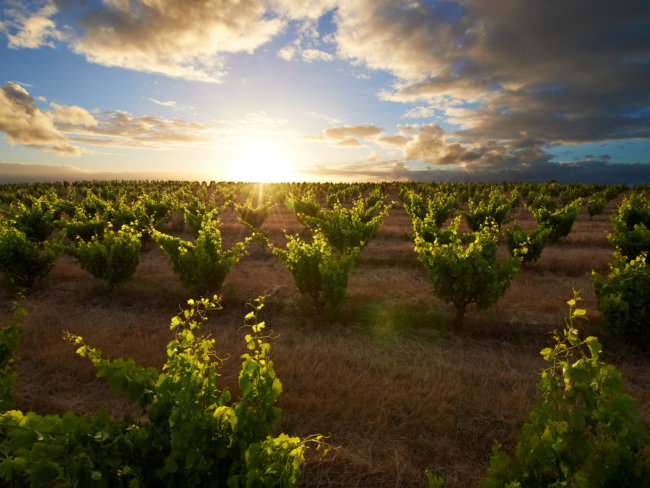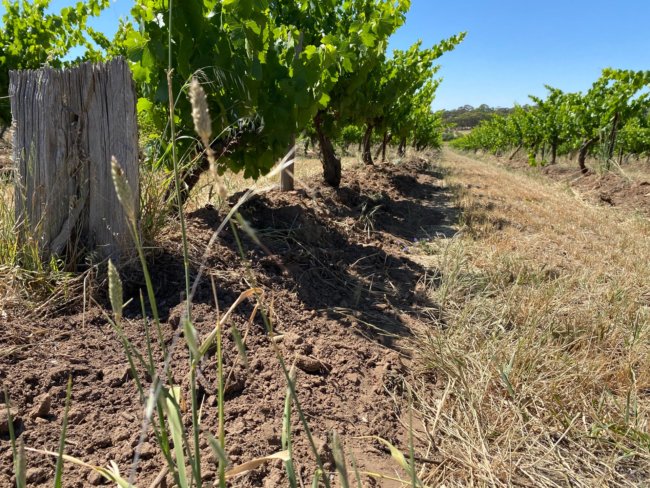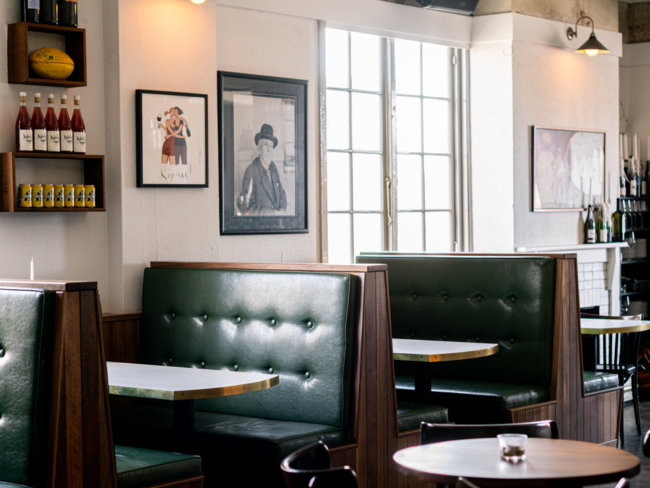Swinney, Frankland River
With the viticulture managed by Lee Haselgrove, the Swinney Vineyard is one of Frankland River’s prime sources of quality grapes, supplying producers as game changing as Brave New Wine to those as established as Penfolds, as well as filling the bottles of the Swinney family’s eponymous label. With about 160 hectares under vine, the site is managed sustainably, with a specialisation in the regional stars – cabernet sauvignon, shiraz and riesling – but they have also planted varieties to balance increasingly erratic weather patterns, including a significant investment in bush vine grenache, a variety and a growing method that is rare in the Great Southern.










